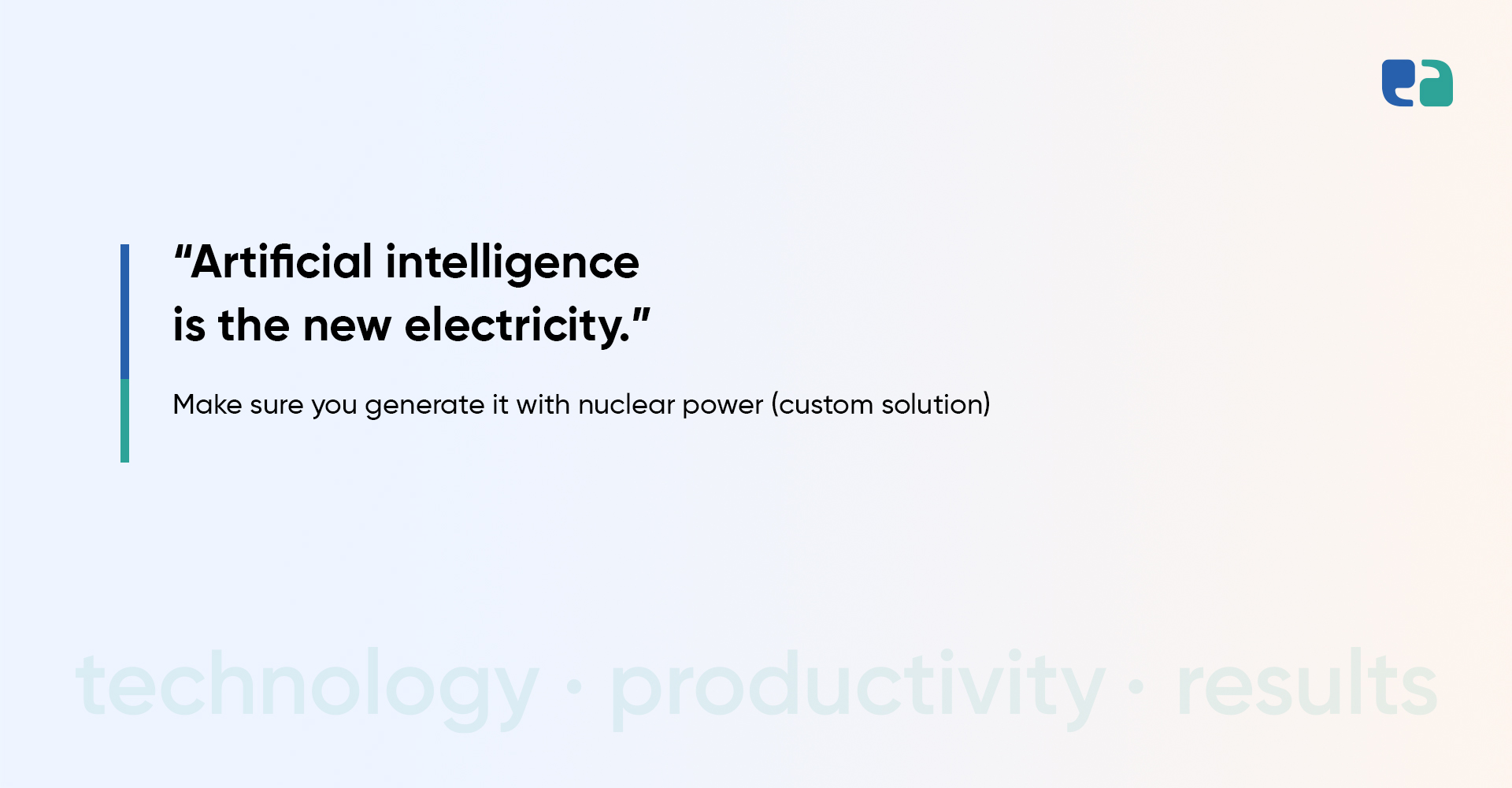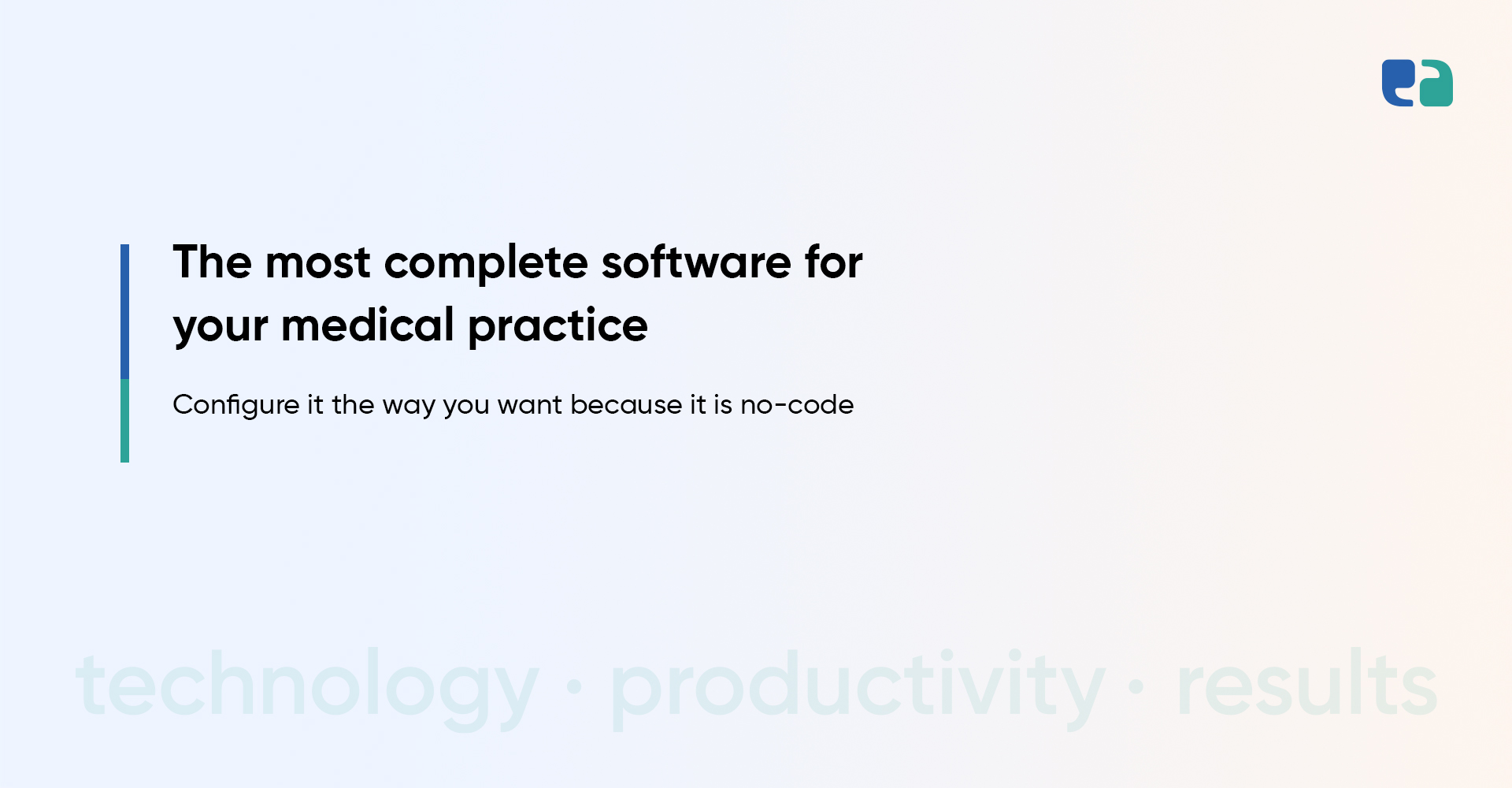Ever been in a hospital and wondered how they keep track of all their equipment?
Beds, IV pumps, monitors—these things move around constantly.
And sometimes, they just disappear. It’s a real headache for hospital staff.
Nurses and specialists spend a huge chunk of their time—sometimes up to one-third of their shift—just looking for equipment. That’s time they could be spending on patient care.
And get this—hospitals lose up to 20% of their mobile equipment every year.
That’s a lot! Some of those missing items cost around $3,000 each to replace.
One hospital even found that patients were accidentally taking wheelchairs home.
Imagine the cost of replacing all that lost equipment!
But there’s a simple fix—a Hospital Asset Tracking System.
It helps hospitals keep tabs on every piece of equipment in real time.
No more wasted time searching. No more unnecessary spending.
Just smooth operations and better patient care.
Let’s explore how this system works and why hospitals need it.
What is a Hospital Asset Tracking System?
A Hospital Asset Tracking System helps hospitals keep track of important equipment like beds, wheelchairs, infusion pumps, and medical tools.
These items move constantly, and without proper tracking, they can get lost or be hard to find when needed.
The system works by attaching small electronic tags to equipment.
These tags send signals to sensors placed around the hospital, using technologies like Bluetooth, Wi-Fi, or RFID.
The data is then sent to a central dashboard, where staff can see the exact location and status of each item in real time.
A Hospital Asset Tracking System makes hospital operations smoother, reduces costs, and ensures critical equipment is always available when needed.

Top Benefits of a Hospital Asset Tracking Solution
A Hospital Asset Tracking System improves efficiency, reduces costs, and enhances patient care by providing real-time visibility into medical equipment and supplies.
1. Improves Efficiency
- Cuts search time for equipment (specialists spend 33% of their time searching).
- Helps staff quickly find and relocate necessary devices.
- Optimizes resource use, reducing delays in patient care.
2. Reduces Costs
- Prevents equipment loss (one hospital cut losses by 92%).
- Reduces unnecessary purchases by tracking underused assets.
- Alerts staff when equipment moves out of designated areas.
3. Enhances Patient Care
- Ensures critical equipment is available when needed.
- Reduces delays in treatment, especially in emergencies.
- Supports better hospital workflow and staff efficiency.
4. Optimizes Inventory Management
- Tracks supplies and prevents stock shortages.
- Automates reordering to avoid waste.
- Improves planning with real-time data on asset usage.
5. Maximizes Equipment Utilization
- Increases the use of available assets.
- Ensures devices are cleaned and serviced on time.
- Reduces unnecessary new equipment purchases.

Exploring Key Technologies for Hospital Asset Tracking
Modern hospitals use various technologies to track and manage medical equipment efficiently. Here’s a look at the most effective ones:
1. Bluetooth Low Energy (BLE)
BLE is a preferred choice due to its low power consumption and high accuracy. Small beacons attached to assets send real-time location updates. AI integration improves precision, even with minimal infrastructure.
- Example: Jamaica Hospital Medical Center used BLE with AI to track equipment inside hospital rooms.
2. Wi-Fi-Based Tracking
Hospitals can use existing Wi-Fi networks for asset tracking, making it a cost-effective solution. However, it is less precise, with a 10-meter error margin.
3. RFID (Radio Frequency Identification)
RFID tags track assets without requiring a direct line of sight. This makes them useful for monitoring surgical tools and high-value equipment.
- Cost Savings: In North America, hospitals have saved $155,000 per operating room annually by using RFID for surgical instrument tracking.

4. Real-Time Location Systems (RTLS)
RTLS combines technologies like BLE, Wi-Fi, and RFID to provide real-time asset tracking. Hospitals can integrate RTLS with their existing systems for improved resource management.
5. AI-Powered Tracking
Artificial Intelligence enhances tracking accuracy by filtering RF interference and predicting asset movements. Features like Geo-Fencing alert staff when equipment leaves designated areas.
- Example: Iveda’s Pinpoint system improves tracking precision with AI and automated alerts.
6. Other Tracking Methods
Additional technologies support asset tracking:
- Barcode scanners simplify inventory management.
- GPS modules enable outdoor tracking.
- Infrared & ultrasound tags provide alternative indoor tracking solutions.
How to Implement a Hospital Asset Tracking System?
Setting up an asset tracking system in a hospital isn’t just about sticking tags on equipment. It’s about making sure the right tools are in the right place at the right time. Here’s how to do it the smart way:

1. Set Clear Goals
First, figure out what you want to achieve.
Do you want to stop losing expensive equipment? Save time searching for wheelchairs?
Improve maintenance schedules? Define your priorities before jumping in.
2. Choose the Right Technology
Not all tracking tech is the same.
- BLE is great for accuracy and low power use.
- RFID works without a direct line of sight.
- Wi-Fi can use existing networks but isn’t as precise.
Pick what fits your hospital’s needs and budget.
3. Select a Reliable Vendor
Find a company that understands healthcare. Look for:
- A system that integrates with your hospital software
- Scalable solutions for future needs
- Good support and training
- Strong security measures
Test the system in a small area before committing fully.
4. Deploy and Integrate the System
- Install tracking hardware (BLE beacons, RFID tags, etc.).
- Tag essential assets without interfering with their use.
- Connect the system with hospital software like EMRs and HIS.
- Make sure data security is in place to protect sensitive information.
5. Test Before a Full Rollout
Start with a small pilot test in one department.
Gather feedback from staff and fix any issues before expanding hospital-wide.
Adjust settings, improve training, and ensure smooth workflows.
Challenges in Developing Hospital Asset Tracking & How We Can Help
Implementing a hospital asset tracking system comes with challenges, but with the right expertise, they can be managed effectively.
With over 10 years of experience in healthcare IT, our Burlington-based team of 50+ experts ensures smooth implementation, from planning to integration.



